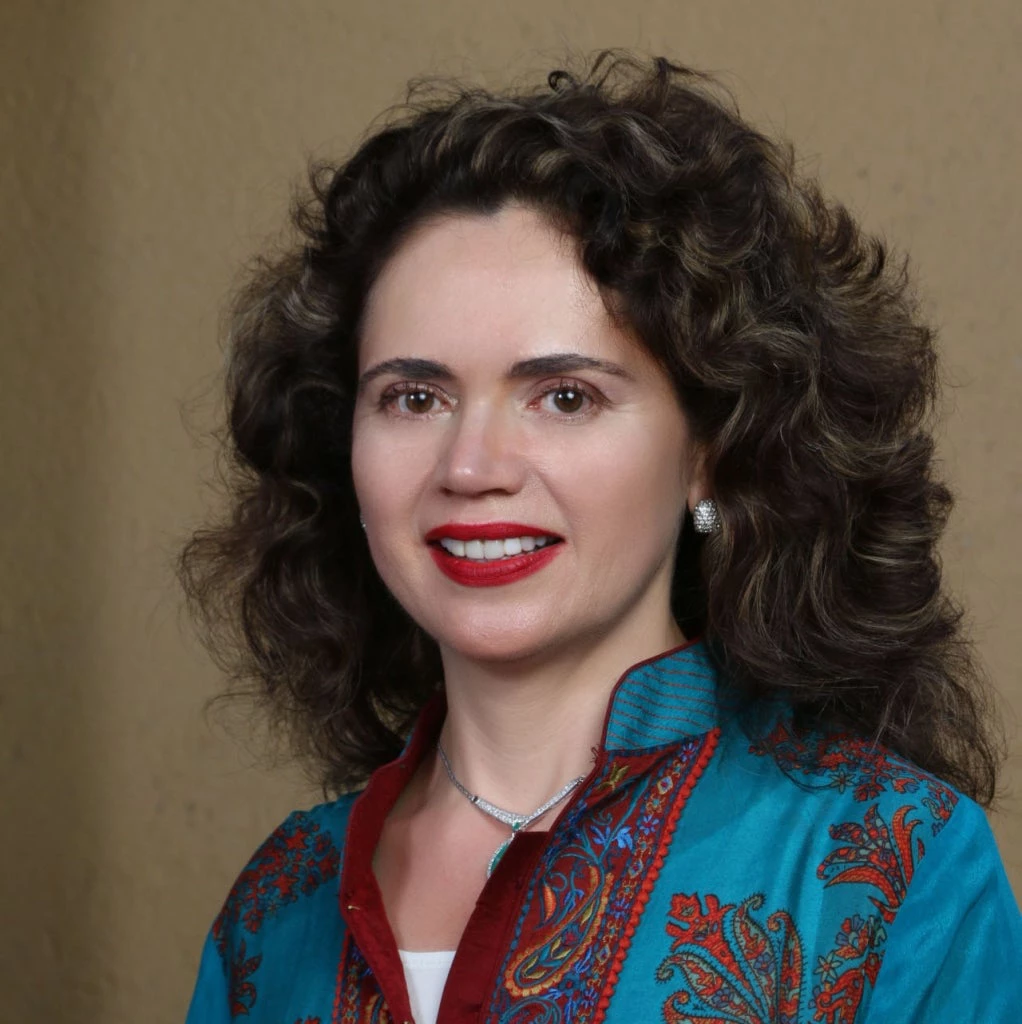 Aerial view of cargo ship. | © Venti Views/ Unsplash
Aerial view of cargo ship. | © Venti Views/ Unsplash
Morocco has made significant economic progress in the last two decades, increasing per capita income and reducing poverty. In our paper, Exports to Jobs: Morocco’s Trade Patterns and Local Labor Market Outcomes, we tackle the questions of whether trade policies, such as signing Regional Trade Agreements (RTAs), improved trade flows; whether an increase in exports improved local labor market outcomes; and to what extent the overall structure and dynamics of firms in Morocco help explain these outcomes.
While trade agreements increased trade flows that contributed to falling business informality, female labor force participation (FLFP) has not improved. What was it about trade that may have discouraged women in the labor force while informality was falling?
Moroccan trade agreements and increased trade
To explore the effects of Morocco’s pro-trade initiatives, we explored the relationship between Morocco’s trade agreements and trade flows. Since 1988, Morocco has signed nine trade agreements. The most important, with the European Union (EU), accounts for nearly 70 percent of Moroccan exports. After its implementation in 2000 tariff rates fell considerably. Between 1993 and 2020, trade as a percentage of GDP increased from 59 percent to 87 percent, and total exports increased 307 percent.
Was the increase in trade due to these trade agreements? If not, we could assume that there are other driving factors. But our analysis shows that Morocco’s regional agreements have indeed increased trade flows. But were they unusually effective? Probably not. Our estimates show that trade agreements increase trade flows by about 14 percent, on average, while Morocco’s trade agreement with the EU, for instance, increased trade by about 18 percent. This said, trade liberalization policies have improved conditions for exporters and importers in Morocco and were followed by economic growth.
Spreading the benefits of trade for Morocco’s workforce
How did rising trade affect labor market outcomes for Morocco’s young and growing labor force? To answer this question, we focus on two key outcomes: informality and labor force participation. Using local labor market employment shares for identification, we find that trade is associated with falling informality, which is good news for workers who lacked the legal protections that accompany formal work.
However, these benefits are not enjoyed equally among men and women
Over the past two decades, Moroccan trade has shifted away from female, labor-intensive industries. | © Johannes Pokorn / Unsplash |
On the other hand, trade liberalization seemed to discourage women from working. How would trade liberalization and falling informality reduce female labor force participation? In short, male-intensive industries have been favored relative to more female-intensive, light manufacturing in Morocco. Over the past two decades, trade patterns shifted from female, labor-intensive to male, capital-intensive industries. In 2000, Morocco’s exports focused on the textile and apparel sector, typically characterized by a female workforce. Today, we find that machinery and electronics, transportation, and chemicals have surpassed textiles in terms of share of total Moroccan exports (Figure 1). Furthermore, our firm-level micro-analysis supports the finding that the increase in employment from exports has occurred mainly in male, capital-intensive sectors. This occurred due to internal and external factors, such as higher international prices for capital-intensive goods, incentives to promote capital-intensive industries, and rising competition in the female-intensive apparel sector.
What can be done?
Our results show that while an increase in exports per worker in Morocco decreased informality, this has not been accompanied by an increase in FLFP rates. Morocco is an example of an economy where both internal factors, such as industrial policies, and external factors, such as trade agreements, have boosted trade. Morocco, however, is also a case where light manufacturing, such as the apparel and textiles sectors, has been left behind. Unlike other countries where trade liberalization promoted large increases in apparel exports, and hence, female labor.
This points to two important routes for policy makers to consider supporting FLFP to help spread the benefits of trade liberalization to women:
- Policy makers could leverage their comparative advantage and be careful about supporting capital-intensive over labor intensive industries especially in industries where women typically perform the labor-intensive jobs.
- Policy makers and private sector could work together to reduce the barriers women face from entering traditionally male-dominated industries by investing in skills and relevant training and addressing legislation and regulations that could put burden in women.
These policies are not mutually exclusive and represent ways to make trade policy more inclusive in Morocco and throughout the MENA region.






Join the Conversation